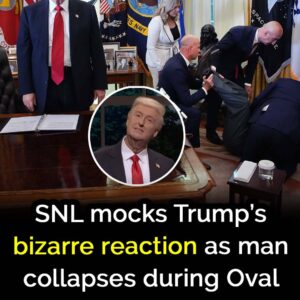In a series of energetic posts on Truth Social, former President Donald Trump outlined an ambitious economic plan that links tariffs directly to a nationwide cash dividend. Trump proposed that every American, excluding high-income earners, would receive at least $2,000 funded by revenue from tariffs on foreign imports. The idea, he claims, is to use tariffs not only to protect U.S. industries but also to reward the American people, creating a direct financial benefit from his trade policies.
At the core of Trump’s strategy is a simple formula: impose tariffs on foreign goods, collect the resulting revenue, and distribute a portion back to citizens. He asserts that this approach has already spurred economic growth, citing record stock market performance, high 401(k) balances, low inflation, and significant domestic investment. According to Trump, businesses are relocating to the U.S. in response to tariff policies, and the administration is using the revenue to pay down national debt, which currently stands at $37 trillion. He has characterized critics of tariffs as “FOOLS” and framed the strategy as both patriotic and economically transformative.
Despite the appealing narrative, experts and lawmakers have raised concerns about the feasibility of the plan. While Trump envisions many Americans receiving $2,000 each, the actual revenue collected from tariffs may fall short of covering the proposed payments. In the first three quarters of 2025, the U.S. collected roughly $195 billion in customs duties—a 250% increase from the previous year—but still well below the estimated $300 billion needed for a $2,000 payout to roughly 150 million adults under a $100,000 income cutoff. Adjustments for administration costs and other factors further widen the gap.
The method of distributing the money is also uncertain. Analysts suggest the payout might not be delivered as direct cash but rather as a tax rebate or healthcare credit, complicating the plan’s implementation. Some estimates indicate that total costs could rise as high as $513 billion, far exceeding the additional revenue tariffs have generated. This means that even if the policy is enacted, the full $2,000 dividend may not reach all intended recipients.
Trump has framed these limitations as obstacles created by critics and legal restrictions, emphasizing that tariffs are both a tool of national security and an engine for domestic growth. He argued that the president should be able to impose tariffs as freely as foreign countries levy them on U.S. goods, and he criticized legal challenges and Supreme Court inaction that, in his view, hinder the effectiveness of his trade policies. He insists that the surge of businesses moving to the U.S. is direct evidence that tariffs are working, and he called out opponents who question the legality or practicality of his plan.
In short, while Trump’s proposal for a $2,000 per-person tariff-funded dividend has captured attention, significant financial and legal hurdles make it unlikely to materialize in the near term. Economists and fiscal analysts caution that the revenue generated from tariffs is insufficient to fund the proposed payouts, and the mechanism for distribution remains unclear. For now, the promise of a nationwide cash bonus remains largely aspirational, serving more as a political statement than a guaranteed economic benefit.




